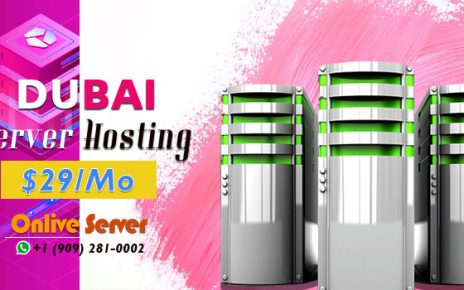Utility apps enjoy the dominant position in the app marketplace. In contrast to other types of app—gaming, social, shopping etc, utility apps offer a service with a monetary value attached to it for the end user. There can be many examples of such apps. For example, Gmail saves you time and effort required to mail a hard copy of a document. ShopSavvy brings to best prices and discounts for the products and services that you wish to buy. Uber helps you save time on hiring a taxi, and since time is money all these utility apps help you save money.
Utility Apps are Ubiquitous
There are utility apps which have become so common that they now come with every smartphone you buy. Examples of such apps are a clock, calculator, flashlight and a music player to name a few. The list keeps expanding at a quick pace and now include apps for health tracking, digital wallet, cloud storage, mailing, messaging, etc. Utility apps are becoming hugely popular and primary revenue generators, which means large organizations like Google, Apple, Samsung, are developing their own apps, and in the process competing with independent app developers who are enlisting the help of product development company to come up with their own utility apps.
Utility apps (confusion with the ‘Utility’ category in the App store needs to be avoided) account for over 30% of the apps in both Google and Apple store. The next largest chunk goes to Gaming apps, accounting for 25% of the total apps. On the lighter side, it looks like a mixture of opposite as utility apps are built to save time and money, while Gaming apps more or less lead to a wastage of a lot of time.
The million-dollar question then is that what it takes to design and develop a good utility app that could catch users’ attention and help them save time and money? Here we provide an app development guide that is easy to comprehend and implement, and help you build an app that could effectively and efficiently serve the needs of millions of people. A good strategy would be to hire the services of a good Utility app development company to help you in your endeavor.
Take care of the real pain points
Not all things in the world are waiting for some revolutionary technology. A very good example of this would be that of a shopping list. When you look for ‘shopping list’ in an app store, you are likely to come across a lot of apps, some of them boasting of large number of downloads. Despite the popularity of these apps, there is still a large population that writes down things to be bought on a paper before visiting the market. This is a very convenient way of remembering things that are to be purchased. The problem though, while making a shopping list lies elsewhere.
Do you remember calling your parents, husband/wife, friends, roommates from the market to ask them if they need this or that? This is where the real pain lies. Apps like Google Keep and Anylist that offer a shared list feature are becoming really popular. Likewise, the app that you develop should possess the ability to address a real pain point of the user.
Deliver on the promise
An app that takes care of the user’s need in the most convincing way is likely to emerge as a winner in a highly competitive landscape. Apple, not accustomed to failure learned it the hard way with their Maps. The competition is brutal, which means an app is unlikely to be downloaded, or for that matter quickly deleted in favor of other app if it fails to provide value to the user in a highly efficient way. For example, users do not need four calendar apps. They will only require one, and discard others with less important features and functionality. Also, testing (both user testing and analytics) needs to carried out at regular intervals to keep tab on an app’s performance.
Always put function over form
As mentioned above, the primary purpose of utility apps is to solve a particular problem being faced by the population. As such, the first and foremost function of an app should be to solve a problem. Under no circumstances, the form should take precedence over functionality. The app should possess the ability to efficiently and effectively take care of the problem it has been designed to solve. Looking good or pretty is secondary while functionality is of paramount importance. The app needs to be functional and only then If your app possesses all the features to help it solve problems in a hassle-free manner, it is highly unlikely that users will complain about how it looks or does not look.
Features are the real deal
In terms of development, any quality provider of mobile app development services will tell you the same thing—it is not that important to waste time and resources fine tuning the look and feel of a utility app. quality means that you should avoid wasting time on fine tuning the look & feel to perfection. Just to cite an example, Groww is a very popular fintech app that lets investors buy and sell mutual funds and stocks. This app has the most basic look & feel making it incredibly easy for beginner traders to buy and sell stocks. The app uses a very basic and simple UI kit, and this is one of the primary reasons for its huge popularity.
Conclusion
Whether you are developing a utility app for Android, or interested in iPhone app development, it is advisable to hire offshore develop with the requisite skills and expertise. Well-established firms will help you develop a utility app that would deliver a better value proposition in compared to your competitors. A user-friendly app that takes care of the needs of a user is most likely to find a place on the user’s device at the cost of other apps.




